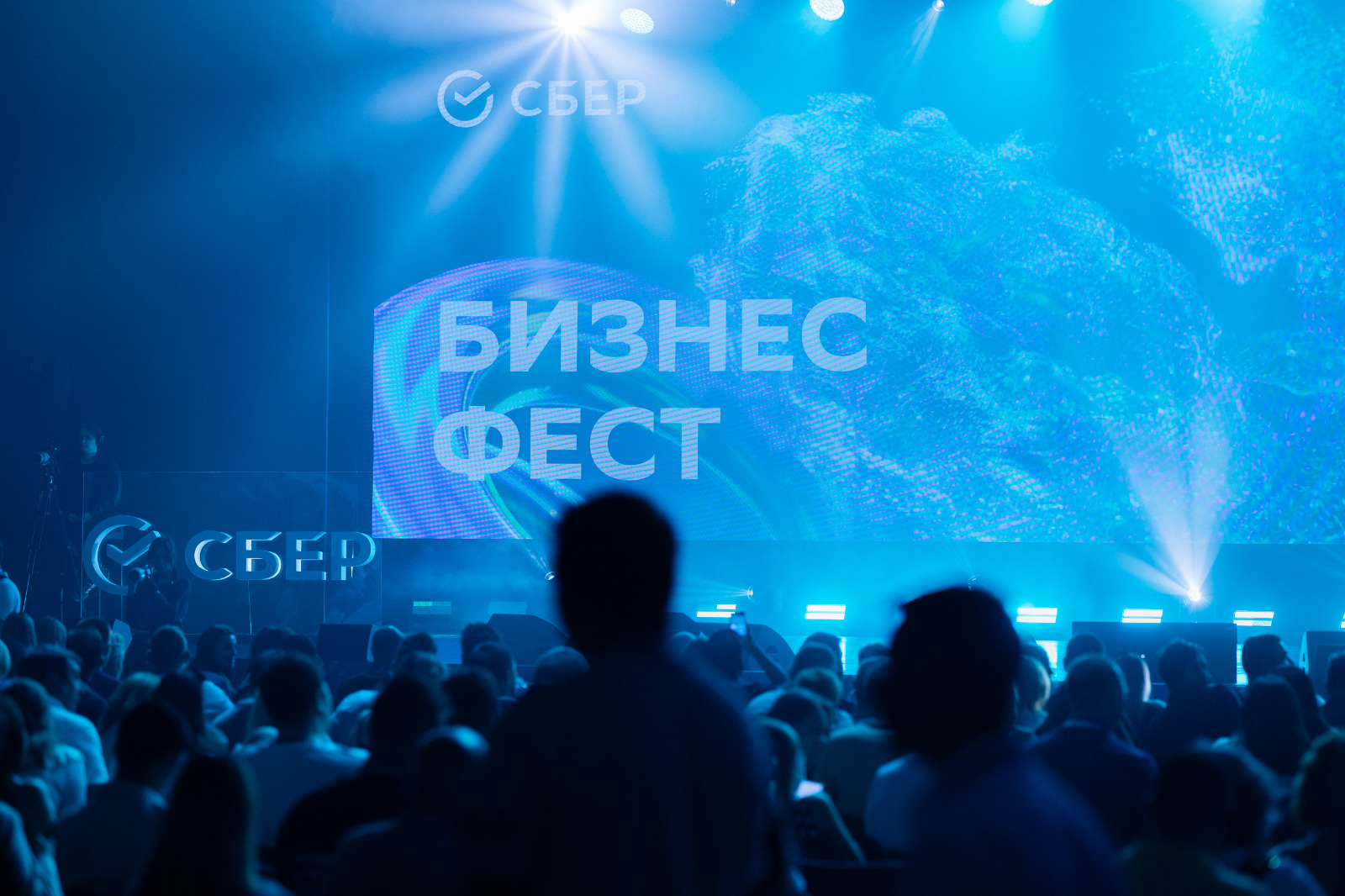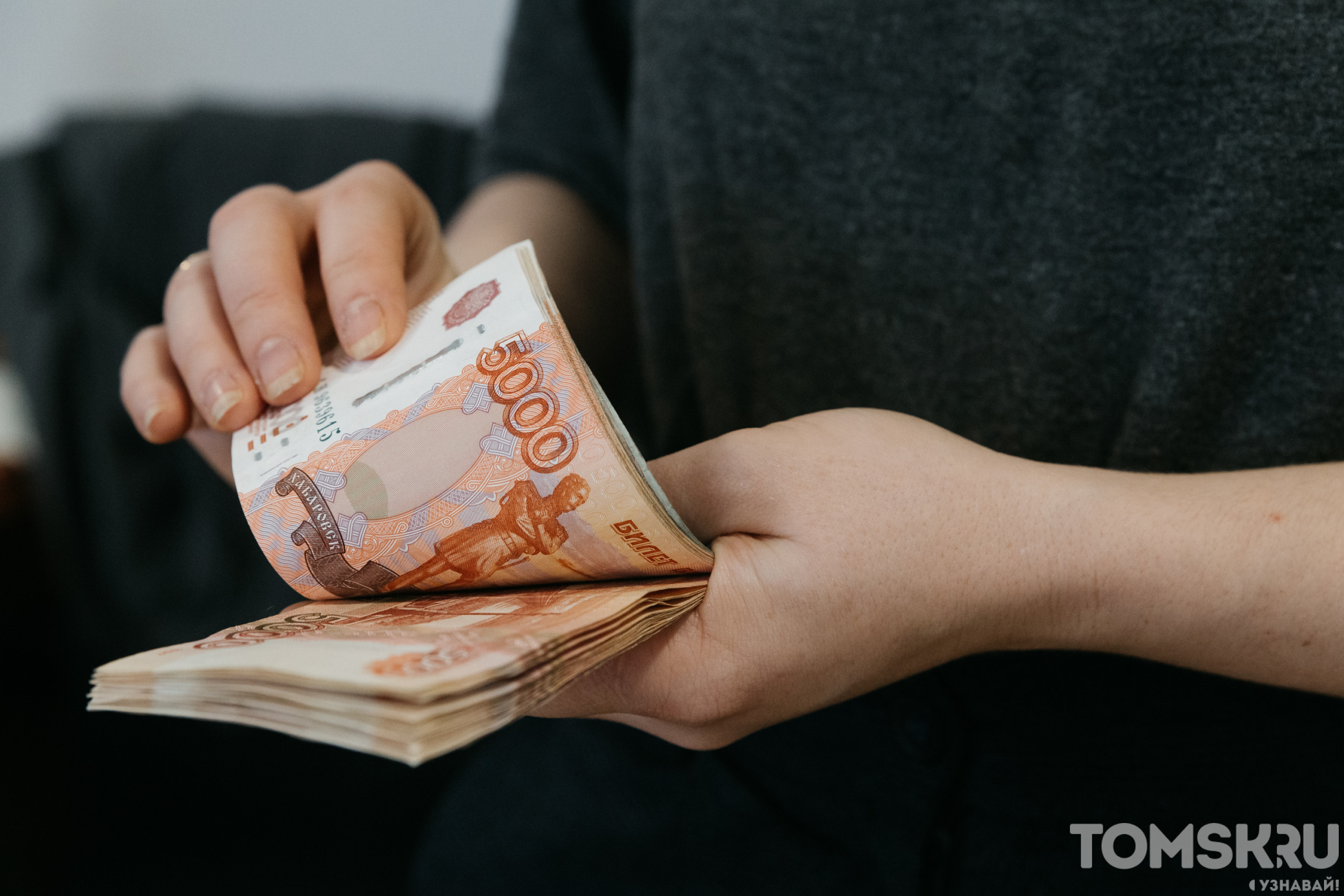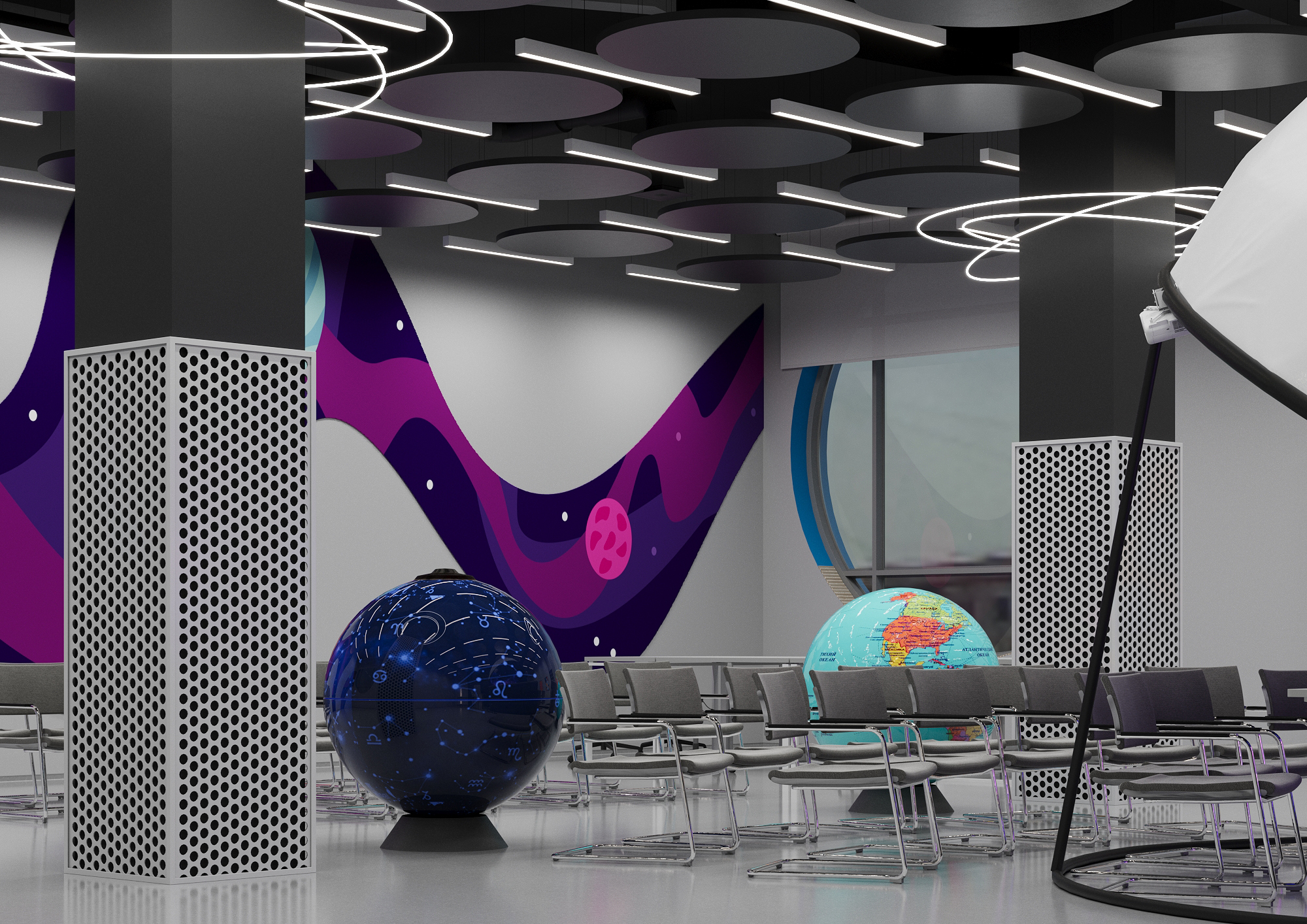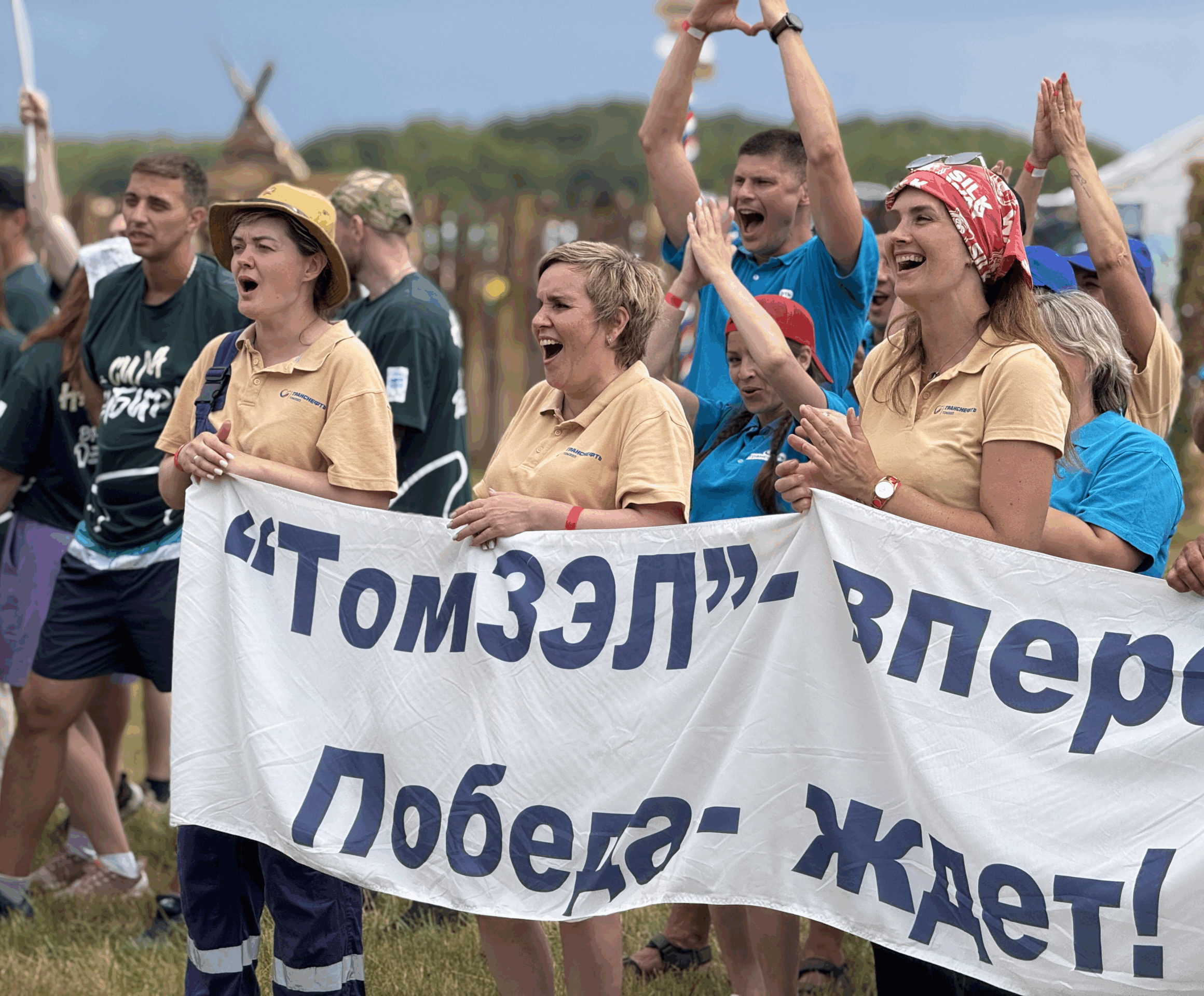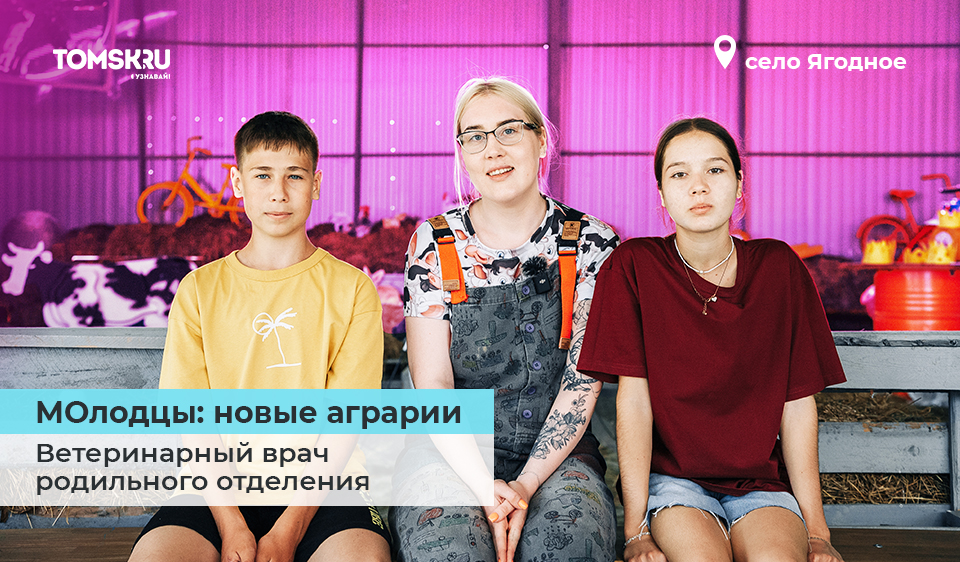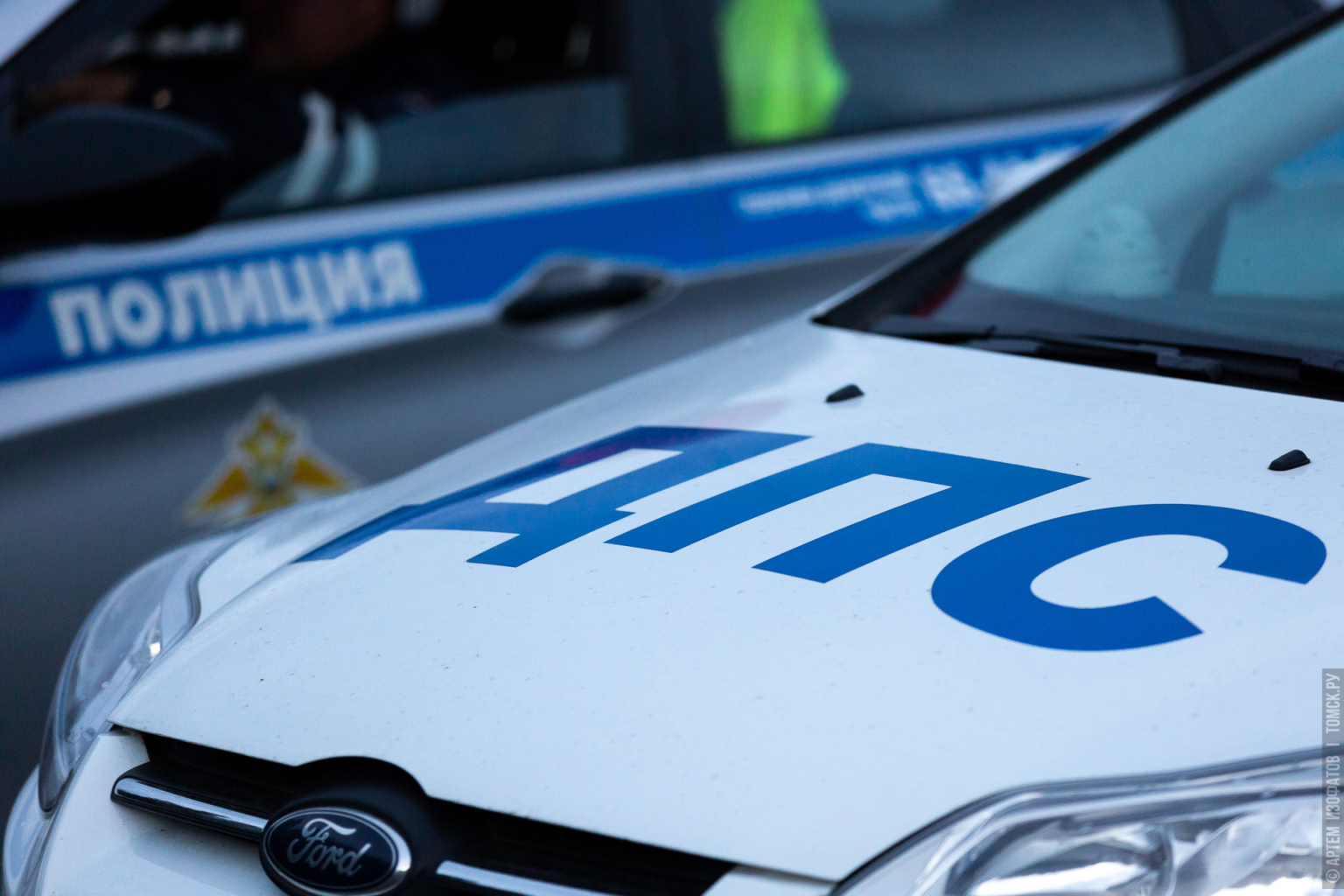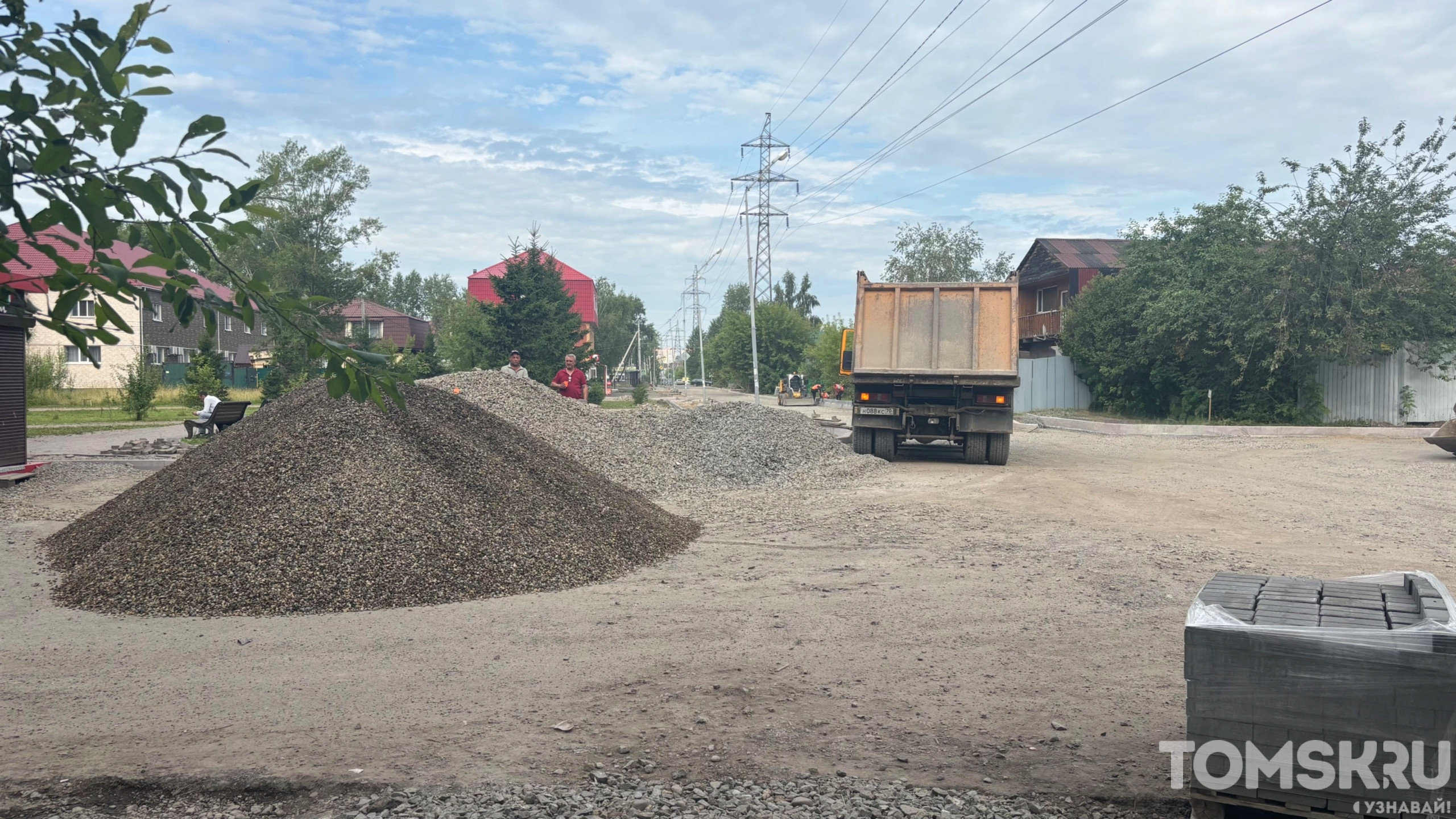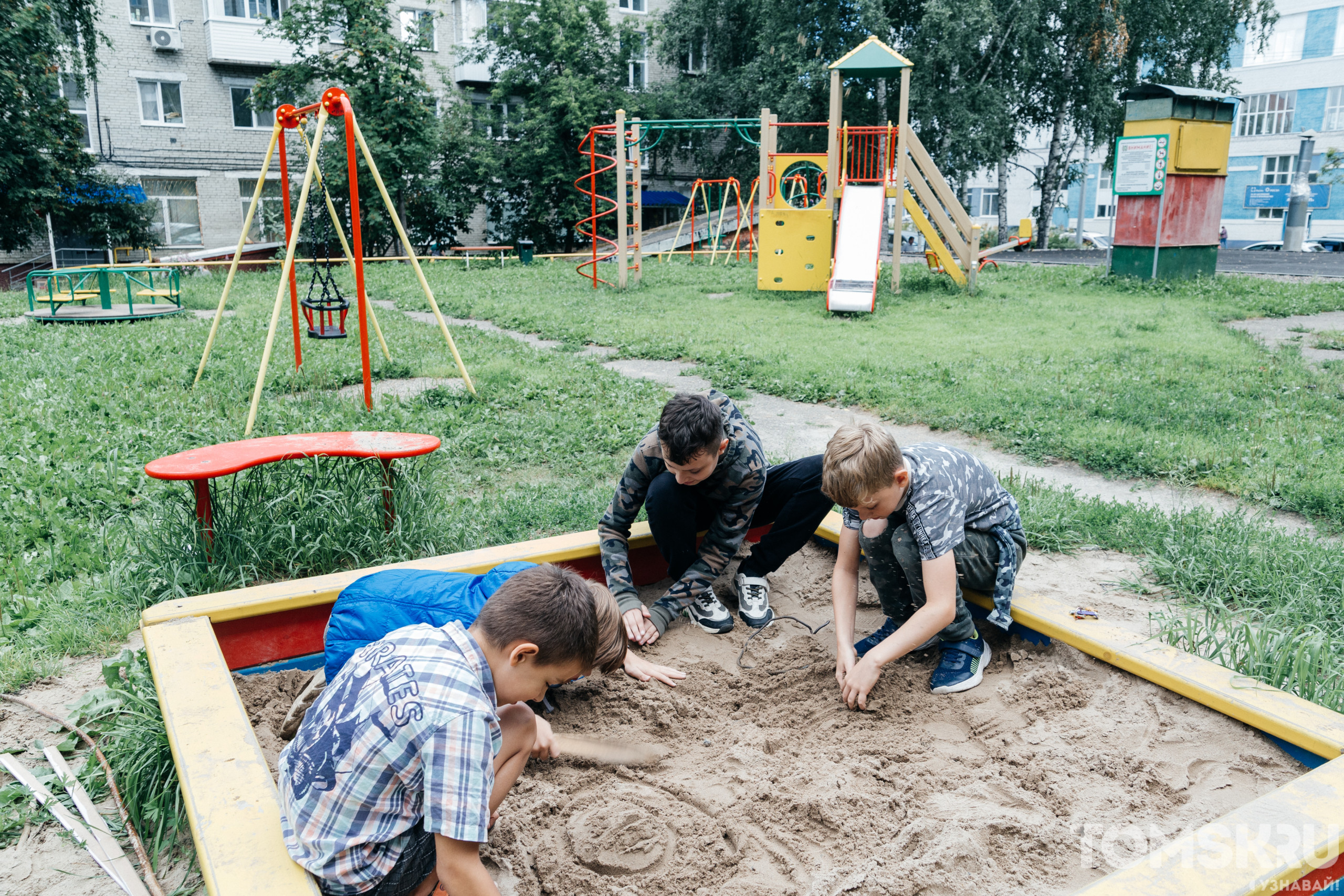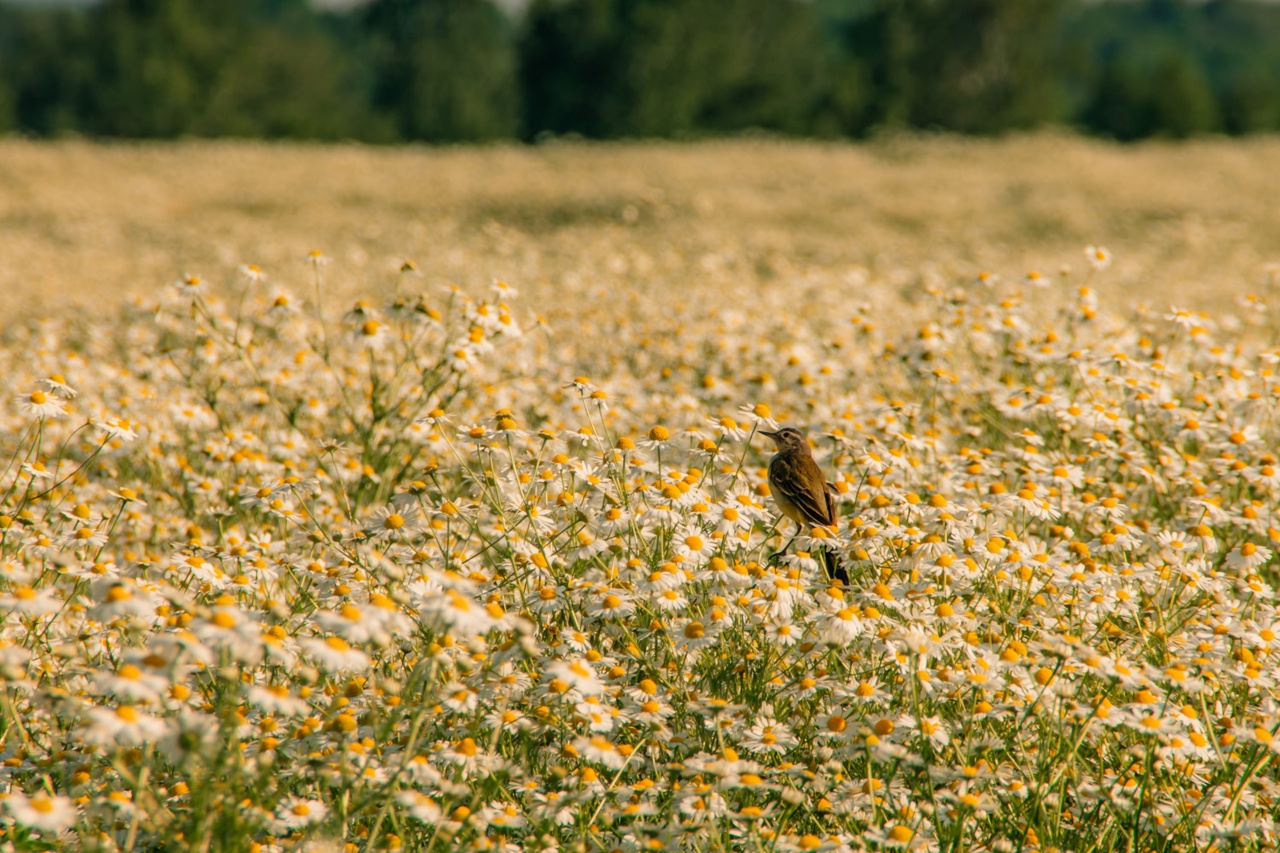Богоявленский кафедральный собор
Пл. Ленина, 8.
Богоявленский собор – один из древнейших томских храмов, берущий своё начало от небольшой деревянной Богоявленской (Христокрещенской) церкви, построенной в 1633 г.
На месте каменного храма в начале XVIII века располагалось одно из первых городских кладбищ. Существующее двухэтажное здание кафедрального собора было заложено в 1777 г. На месте алтаря и святого престола старой деревянной церкви в 1858 году соорудили часовню Иверской иконы Божией Матери.
В окончательном виде новая церковь, построенная в стиле сибирского барокко, имела четыре престола с приделами и колокольню. Собор имеет особое значение для томской истории. Именно Богоявленскую церковь выбрал первый томский губернатор, действительный статский советник В. С. Хвостов, для торжественной литургии и благотворительного молебна в честь открытия Томской губернии.
Поскольку храм посвящён празднику Крещения Господня, или Богоявления, то ежегодно 19 января на Крещение Господне из храма устраивался крестный ход на реку Томь для совершения обряда Великого водоосвящения.
Собор для прихожан закрыли в 1930 г. и открыли в нём курсы Сибжелдорстроя. В 1936 г. в здании разместили макаронно-вермишелевую фабрику, а в 1942 г. все помещения церкви были заняты цехами эвакуированного в Томск московского завода «Красный богатырь» (1942-1946 гг.). С 1947 по 1994 гг. здесь размещался Томский завод резиновой обуви.
Во второй половине XX в. храм сильно пострадал: были сняты все купола и кресты.
Восстановление Богоявленского собора началось в 1997 г. после возвращения его в 1995 г. Русской православной церкви.
Главной святыней Богоявленского собора является частица мощей святого великомученика и целителя Пантелеймона, которую в 2001 году Преосвященный Ростислав доставил из Москвы. В алтаре собора висит Распятие, к которому прикреплена звездица, хранящая частицу того Креста, на котором был распят Господь Иисус Христос. Среди храмовых икон особым почитанием пользуется образ Божией Матери «Неупиваемая Чаша», привезённый из древней Серпуховской Высоцкой обители. Еще одной величайшей святыней храма и всего города стал образ Живоначальной Троицы. Именно иконой Пресвятой Троицы в 1604 году Борис Годунов благословил казаков на основание Томской крепости.
В октябре 2008 года при Богоявленском соборе был открыт уникальный Церковно-исторический музей, в экспозиции которого представлены старинные иконы, уникальная церковная утварь и облачения, старопечатные книги.
Bogoyavlensky Cathedral
8 Lenina Ploschad.
Bogoyavlensky Cathedral is one of the most ancient Tomsk cathedrals which has originated from small wooden Bogoyavlenskaya (Khristokreschenskaya) church built in 1633.
On the place of stone cathedral in early 18th century there was one of the first Tomsk graveyards. The current two-storey building of this cathedral was founded in 1777. On the place of the altar and the holy altar of old wooden church in 1858 Chapel of Iverskaya Godmother Icon was constructed.
In the final view the new church in Siberian baroque style had four altars with side-altars and a belfry.
The cathedral has great significance for the history of Tomsk. It was Bogoyavlenskaya church which was chosen by the first Tomsk Governor (the actual state councilor V. S. Khvostov) for the first ceremonial liturgy and beneficent public prayer in honour of Tomsk Province.
Since the cathedral is dedicated to the feast of Epiphany or Bogoyavlenie, there is a religious process which took place annually on January, 19. People went to the river Tom to perform the rite of the Great Consecration of WaterThe cathedral was closed for the parishioners in 1930 and there were established courses of Sibzheldorstroi (the company which constructed railways in Siberia). In 1936 pasta-vermicelli factory was located here, and in 1942 all the premises of the church were occupied by an evacuated Moscow plant “Krasny bogatyr” (1942-1946). From 1947 till 1994 there was Tomsk factory of rubber footwear in this building.
In the second half of the 20th century the cathedral was severely damaged: all domes and crosses were taken away.
The reconstruction of Bogoyavlensky cathedral began in 1997 when the authorities gave it back to Russian Orthodox Church in 1995.
The main relic of the cathedral is a part of the relics of the Holy Great Martyr and Healer Panteleimon which in 2001 His Eminence Rostislav brought from Moscow.
In the altar there is a crucifix to which a church plate with two metal crosswise connected arcs is attached. It preserves a part of the Cross on which Jesus Christ was crucified. Among the icons the image of the Mother of God “The Inexhaustible Cup” gets a special worship. It was brought from ancient Serpukhov Vysotskaya cloister.
Another greatest shrine of the cathedral became the image of the Trinity. It was this icon with which in 1604 Boris Godunov gave his blessing to Cossacks to found Tomsk fortress.
In October, 2008 there was a unique Church Historical Museum opened in Bogoyavlensky cathedral. The display contains ancient books, unique church utensils and vestments, and printed old books.

